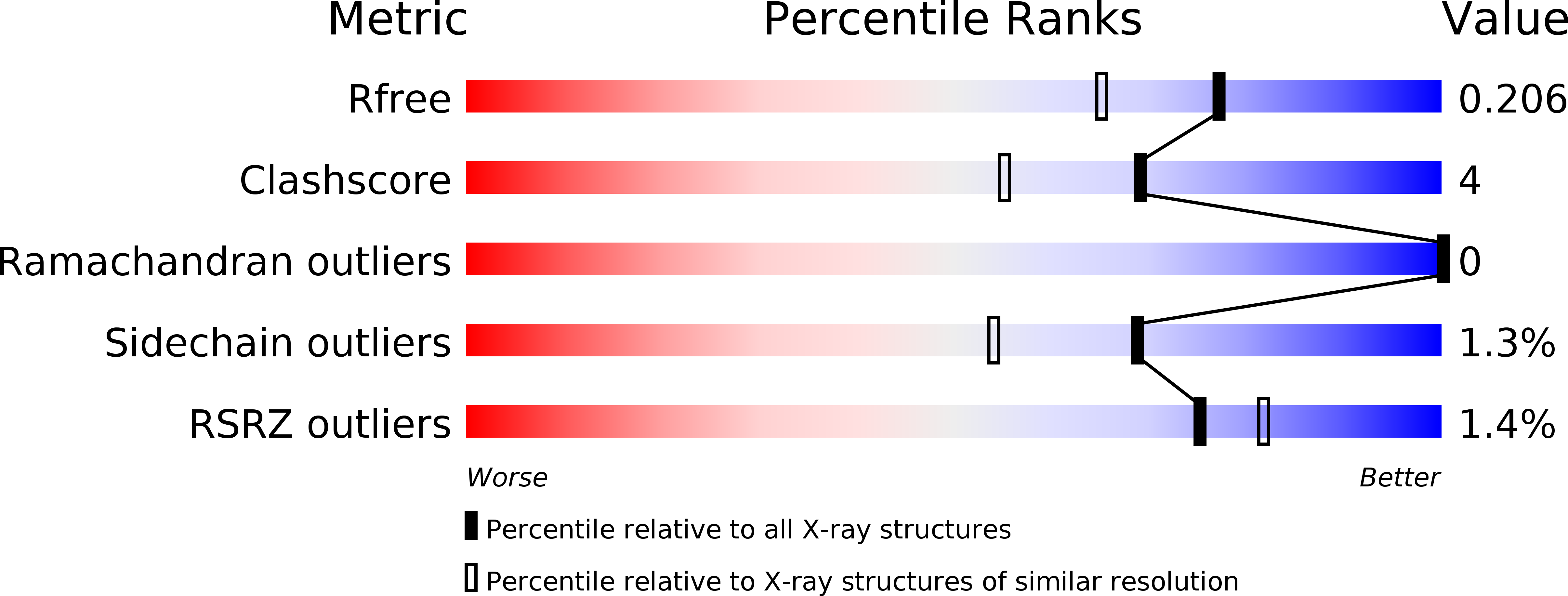
Deposition Date
2017-03-24
Release Date
2017-08-09
Last Version Date
2023-11-22
Entry Detail
PDB ID:
5XD5
Keywords:
Title:
Crystal structure of Mycobacterium smegmatis MutT1 in complex with ATP, magnesium fluoride and phosphate
Biological Source:
Source Organism:
Host Organism:
Method Details:
Experimental Method:
Resolution:
1.75 Å
R-Value Free:
0.20
R-Value Work:
0.16
R-Value Observed:
0.16
Space Group:
P 1 21 1


